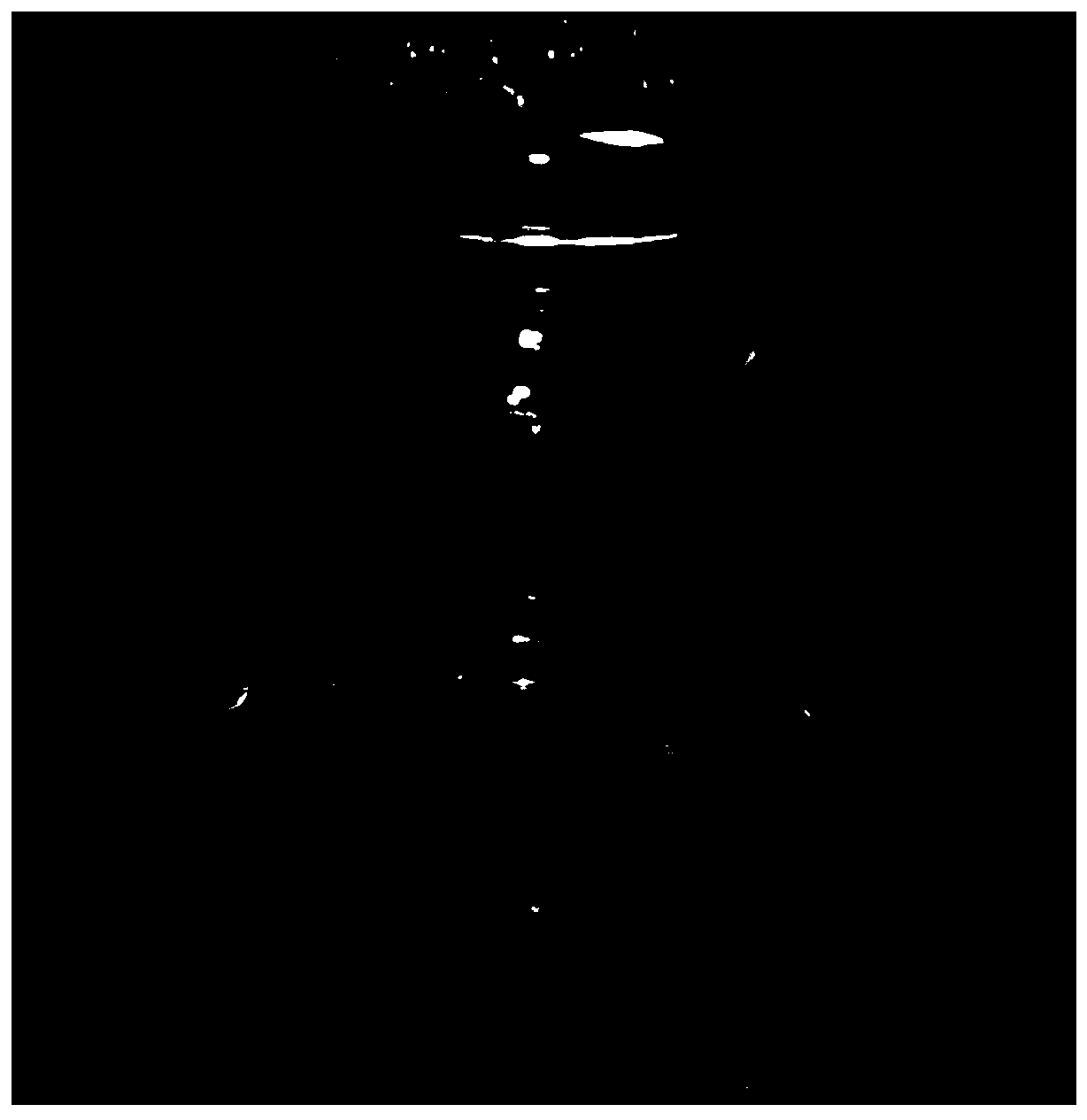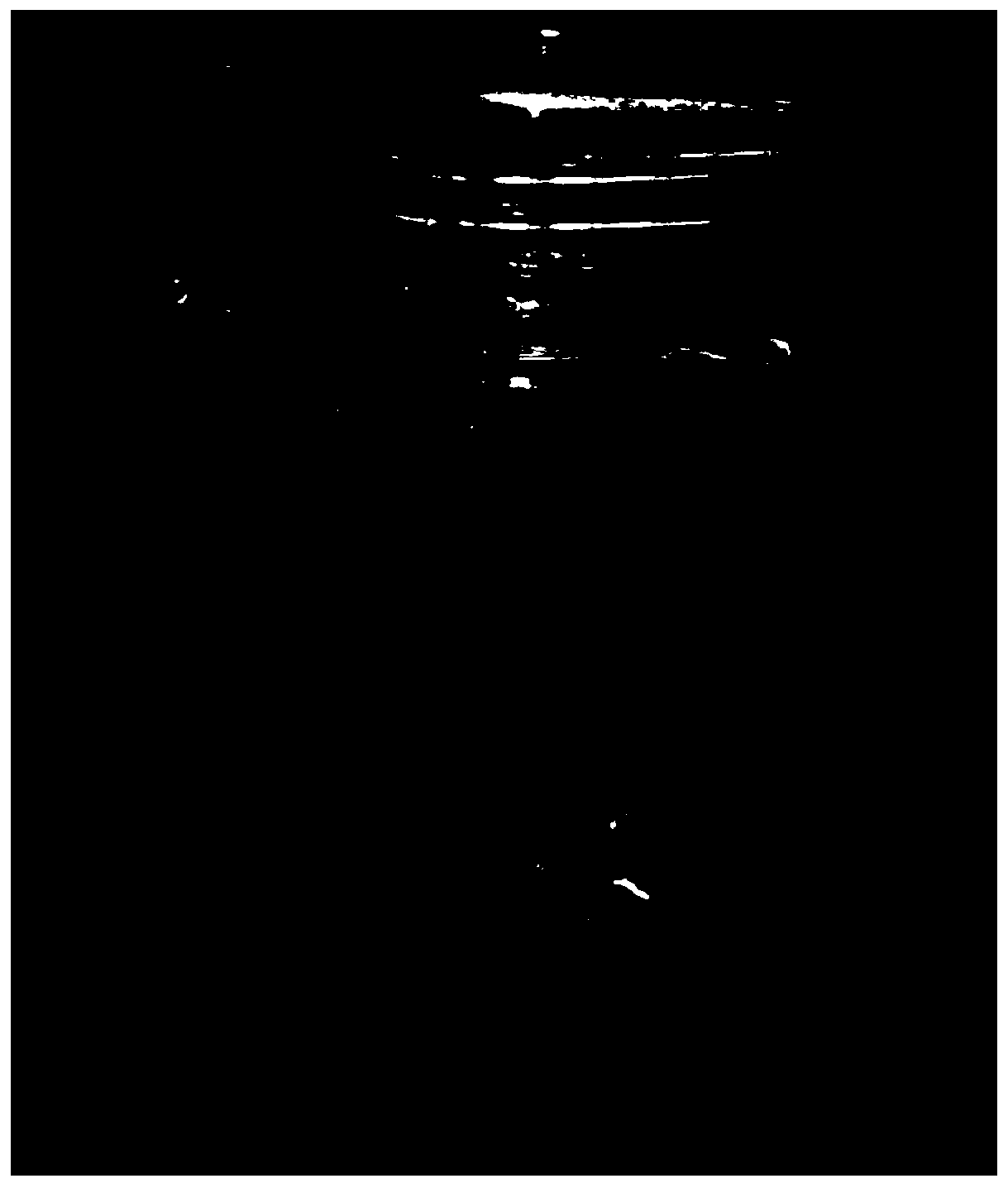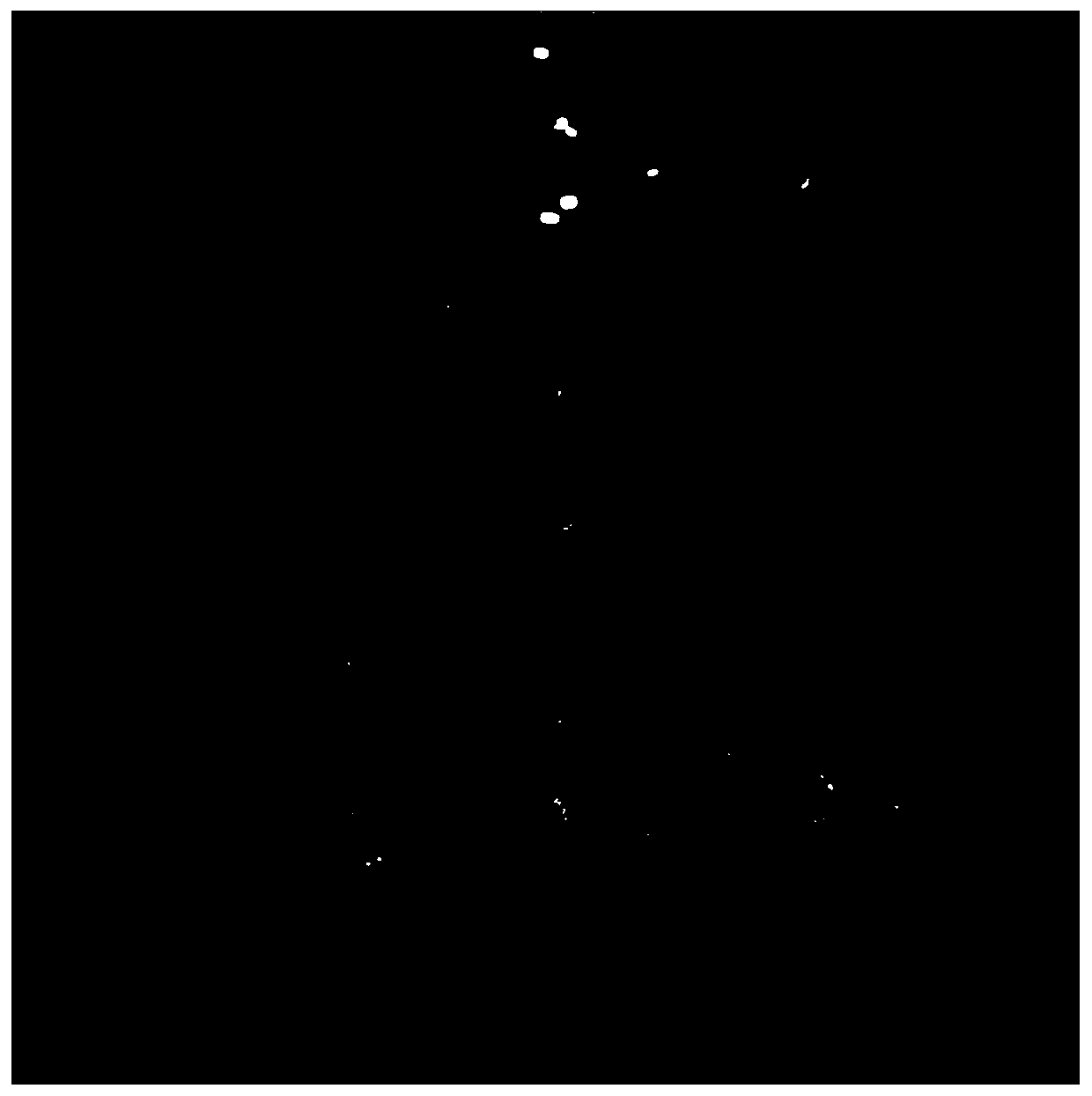Breeding method for kaempferia galanga virus-free seedlings
A technology of virus-free seedlings and kaempferia, which is applied in the field of plant tissue culture, can solve the problems of large commodity kaempferia, high production cost, and consumption, and achieve the effects of shortening the cultivation time, strong tillering ability, and cost saving
- Summary
- Abstract
- Description
- Claims
- Application Information
AI Technical Summary
Problems solved by technology
Method used
Image
Examples
Embodiment 1
[0042] The breeding method of the kaempferia virus-free seedling of the present embodiment may further comprise the steps:
[0043] (1) Explant preparation: take the vigorously growing underground tubers of Kaempferia in that year, cut off the roots on the tubers, wash off the soil on the surface with running water, gently brush the surface with a hair brush, dry, and remove the buds. Cut it down to about 1.0cm in diameter, use a scalpel to gently scrape off the epidermis and the surrounding brown tissue, especially near the base of the buds, be careful not to hurt the young buds, until the epidermis and leaf sheaths are completely peeled off, Complete explant preparation; then place in sterile water for later use.
[0044] (2) Aseptic buds are obtained: the explants are rinsed twice with sterile water on an ultra-clean workbench, and then sterilized with 75% ethanol aqueous solution by volume fraction (keep shaking during the disinfection process to make it fully sterilized; ...
Embodiment 2
[0051] The breeding method of the kaempferia virus-free seedling of the present embodiment may further comprise the steps:
[0052] (1) Explant preparation: take the vigorously growing underground tubers of Kaempferia in that year, cut off the roots on the tubers, wash off the soil on the surface with running water, gently brush the surface with a hair brush, dry, and remove the buds. Cut it down to about 1.0cm in diameter, use a scalpel to gently scrape off the epidermis and the surrounding brown tissue, especially near the base of the buds, be careful not to hurt the young buds, until the epidermis and leaf sheaths are completely peeled off, Complete explant preparation; then place in sterile water for later use.
[0053] (2) Aseptic buds are obtained: the explants are rinsed twice with sterile water on an ultra-clean workbench, and then sterilized with 75% ethanol aqueous solution by volume fraction (keep shaking during the disinfection process to make it fully sterilized; ...
Embodiment 3
[0060] The breeding method of the kaempferia virus-free seedling of the present embodiment may further comprise the steps:
[0061] (1) Explant preparation: take the vigorously growing underground tubers of Kaempferia in that year, cut off the roots on the tubers, wash off the soil on the surface with running water, gently brush the surface with a hair brush, dry, and remove the buds. Cut it down to about 0.5cm in diameter, use a scalpel to gently scrape off the epidermis and the surrounding brown tissue, especially the part near the base of the bud, be careful not to hurt the young bud, until the epidermis and leaf sheath are completely peeled off, Complete explant preparation; then place in sterile water for later use.
[0062] (2) Aseptic buds are obtained: the explants are rinsed twice with sterile water on an ultra-clean workbench, and then sterilized with 70% ethanol aqueous solution by volume fraction (keep shaking during the disinfection process to make it fully steril...
PUM
 Login to View More
Login to View More Abstract
Description
Claims
Application Information
 Login to View More
Login to View More - R&D Engineer
- R&D Manager
- IP Professional
- Industry Leading Data Capabilities
- Powerful AI technology
- Patent DNA Extraction
Browse by: Latest US Patents, China's latest patents, Technical Efficacy Thesaurus, Application Domain, Technology Topic, Popular Technical Reports.
© 2024 PatSnap. All rights reserved.Legal|Privacy policy|Modern Slavery Act Transparency Statement|Sitemap|About US| Contact US: help@patsnap.com










